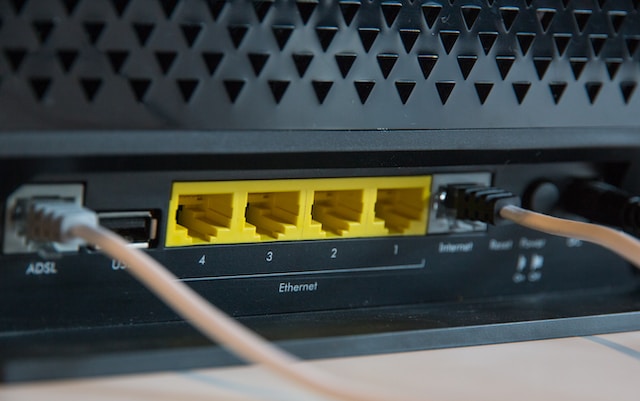In the world of electronics and connectivity, the D-Sub connector is a familiar and versatile component that has been around for decades. Whether you’re an engineer, a hobbyist, or just someone who has dabbled in DIY projects, chances are you’ve encountered a D Sub connector at some point. In this blog, we’ll take a closer look at what a D-Sub connector is, its various types, applications, and why it remains a popular choice in the ever-evolving tech landscape.
Understanding the D-Sub ConnectorThe term “D-Sub” is short for “D-Subminiature” connector, and it refers to a type of electrical connector that comes in a distinctive D-shaped metal shell. The connector typically features two parallel rows of pins or sockets, with the number of pins varying depending on the connector’s size and application. The most common types are the 9-pin (DE-9), 15-pin (DB-15), and 25-pin (DB-25) connectors, but others exist, such as the 37-pin and 50-pin variants.Types of D-Sub Connectors
DE-9 Connector (9-pin): This compact D-Sub connector is perhaps most famous for its use in the RS-232 serial interface. It is still utilized today for connecting various devices, including computers, modems, and industrial equipment.DB-15 Connector (15-pin): The DB-15 connector, commonly known as the VGA connector, has been a mainstay in the world of video signals for connecting monitors and projectors. While its popularity has waned with the advent of digital display interfaces, it’s still found in older equipment and specialized applications.
DB-25 Connector (25-pin): The DB-25 connector was once widely used for parallel printer ports and various data communication applications. While it’s less common today, it is still found in older industrial and laboratory equipment.
Computers and Peripherals: D-Sub connectors are used in computer applications such as VGA and serial connections. Older printers and scanners also used these connectors.Aerospace and Military: D-Sub connectors are known for their ruggedness and durability, making them ideal for aerospace and military applications, where reliability is crucial.
Industrial Automation: In manufacturing and industrial settings, D-Sub connectors are employed for connecting sensors, controllers, and other equipment due to their robust design.Audio Equipment: Some older audio equipment, such as analog mixing consoles and studio gear, may feature D-Sub connectors.Telecommunications: D-Sub connectors were commonly used in older telephone switchboards and communication equipment.
Durability: D-Sub connectors are known for their robustness, making them an excellent choice for environments where connectors may be subjected to physical stress or extreme conditions.Compatibility: These connectors have a long history and widespread adoption, ensuring that they remain compatible with a vast array of devices and equipment
.Cost-Effective: D-Sub connectors are cost-effective solutions for various applications, making them an attractive choice for budget-conscious projects.Reliability: Their simple and reliable design means that D-Sub connectors have a low failure rate, which is especially important in critical applications.



